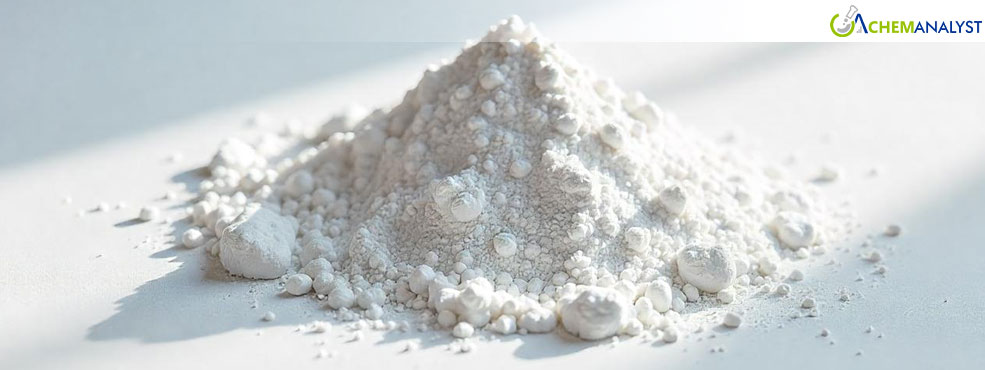Welcome To ChemAnalyst

During the entire month of April 2025, the prices of Microcrystalline Cellulose continue to follow a challenging period, demonstrating a downward trajectory in its prices with demand persistently being on the lower side. This cellulose, which is widely used as a binder, stabilizer in pharmaceutical formulations, along within the food and cosmetics sectors, faces multiple converging pressures that supports the downward price trajectory.
Starting with respect to the demand side, the pharmaceutical sector involving the consumption of Microcrystalline Cellulose has been particularly affected by changing formulation preferences. While various market experts including the pharmaceutical manufacturers focused on towards the other alternative binding agents and filters within the drug sector, citing both the cost and sustainability initiatives, hence, supporting an continuous downturn in both exports and its prices. Simultaneously, economic headwinds in key Asian markets have dampened growth expectations for Microcrystalline Cellulose across the global market, including the importing nations such as North America. China's pharmaceutical manufacturing sector, previously a reliable driver of Microcrystalline Cellulose demand, reported a considerable reduction in excipient purchases as the second quarter began. Supporting this, various market experts state that the prices of Microcrystalline Cellulose have declined steadily since March 2025, marking a dramatic drop. The reason behind this includes higher production during the pre-Lunar New Year holidays in anticipation of strong post-festival demand, which eventually did not come. This, in turn, created record inventory overstock, compelling manufacturers to cut Microcrystalline Cellulose prices to clear inventories.
Following this, raw material costs, particularly the wood pulping, the primary feedstock for Microcrystalline Cellulose production, have remained stubbornly low during the past month, which anticipates following a similar trajectory in April as well. Concerning the supply side, during the entire month of April, market supply of wood pulp was relatively sufficient both acros the producing nations and the importing nations, thereby weakening the favorable atmosphere that had existed. As a result, domestic port inventories remain notably high, creating a supply surplus that weakens market dynamics for the downstream sector as well including the end-product such as Microcrystalline Cellulose during the entire month.
Similarly, the US distributors continue to post weak demand from key industries. The food processing industry, for which Microcrystalline Cellulose serves as a stabilizer, records stable but unimpressive purchasing volumes. Pharmaceutical manufacturers that use Microcrystalline Cellulose in the treatment of psoriasis and multiple sclerosis have also followed cautious purchasing approaches.
Lastly, supporting to this across the US market, the economic instability, supported by high inflation and unpredictable trade policies, continue to support an weaken consumer spending. E end-user reported reduced profits and delayed strategic initiatives due to these market conditions. As a result, market experts further, responding to softened demand, reduced their inventory levels and focused on destocking sentiments. Simultaneously, the rise of cost-effective other alternatives intensified competition, pressuring traders and suppliers and affecting the sale for Microcrystalline Cellulose during the entire month.
We use cookies to deliver the best possible experience on our website. To learn more, visit our Privacy Policy. By continuing to use this site or by closing this box, you consent to our use of cookies. More info.
